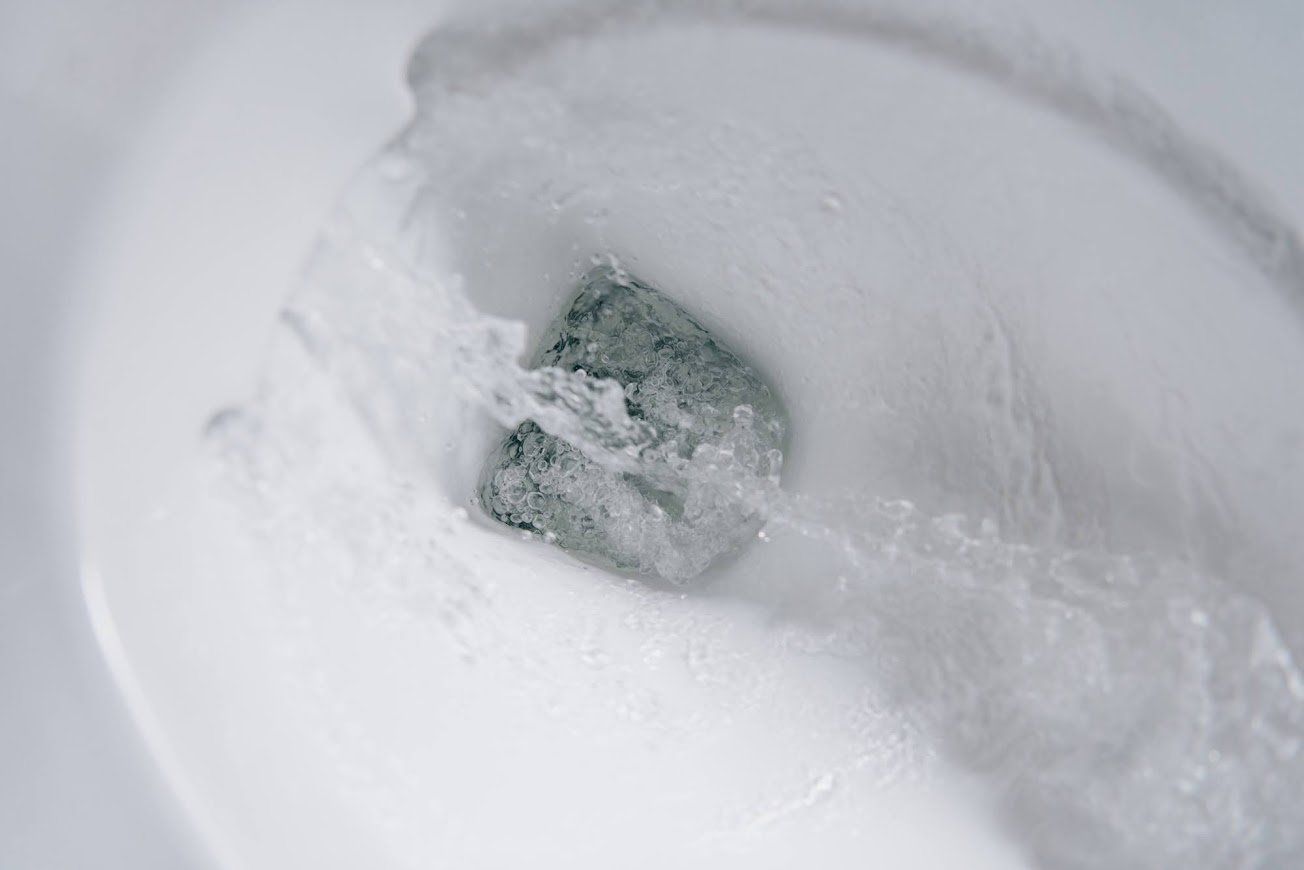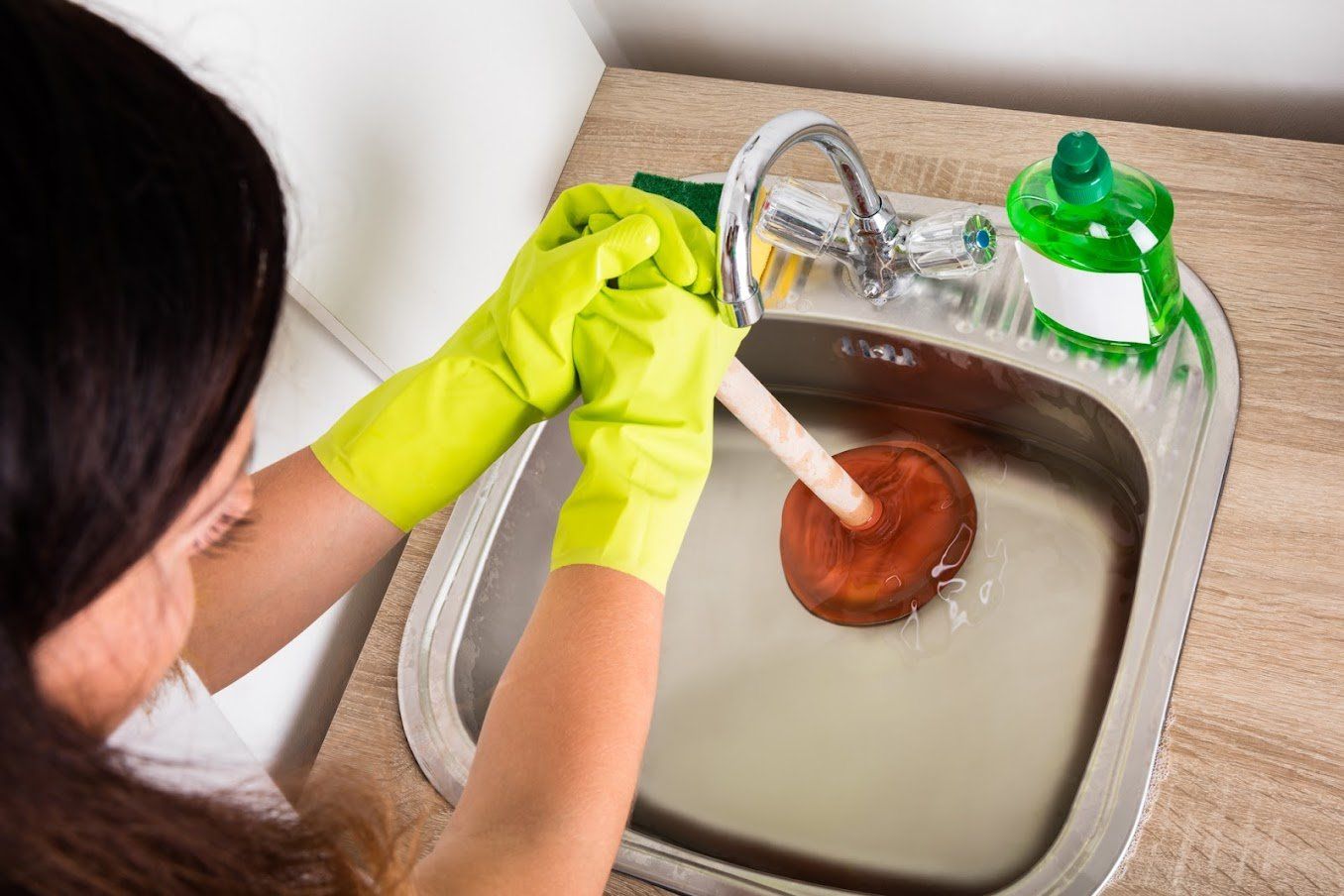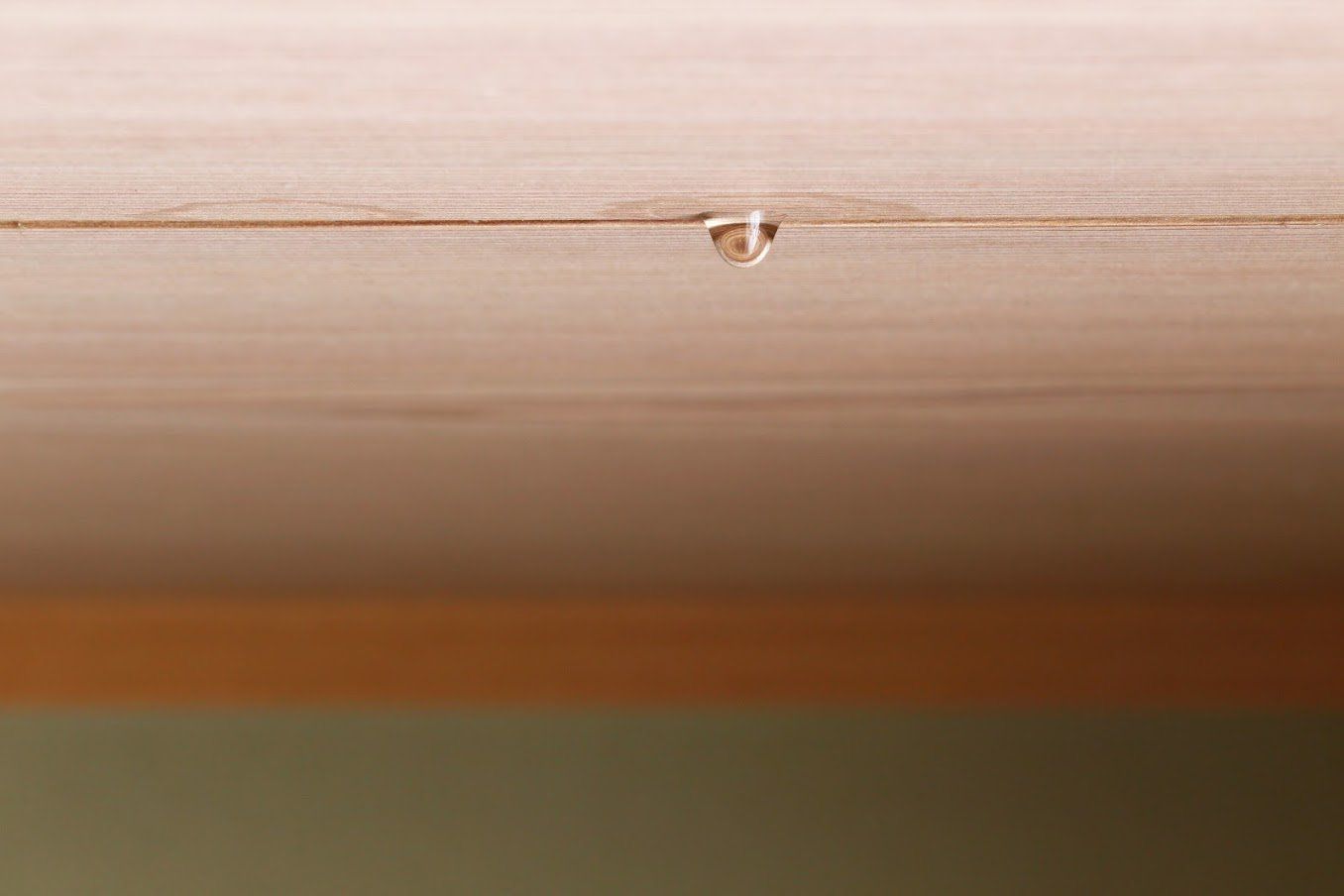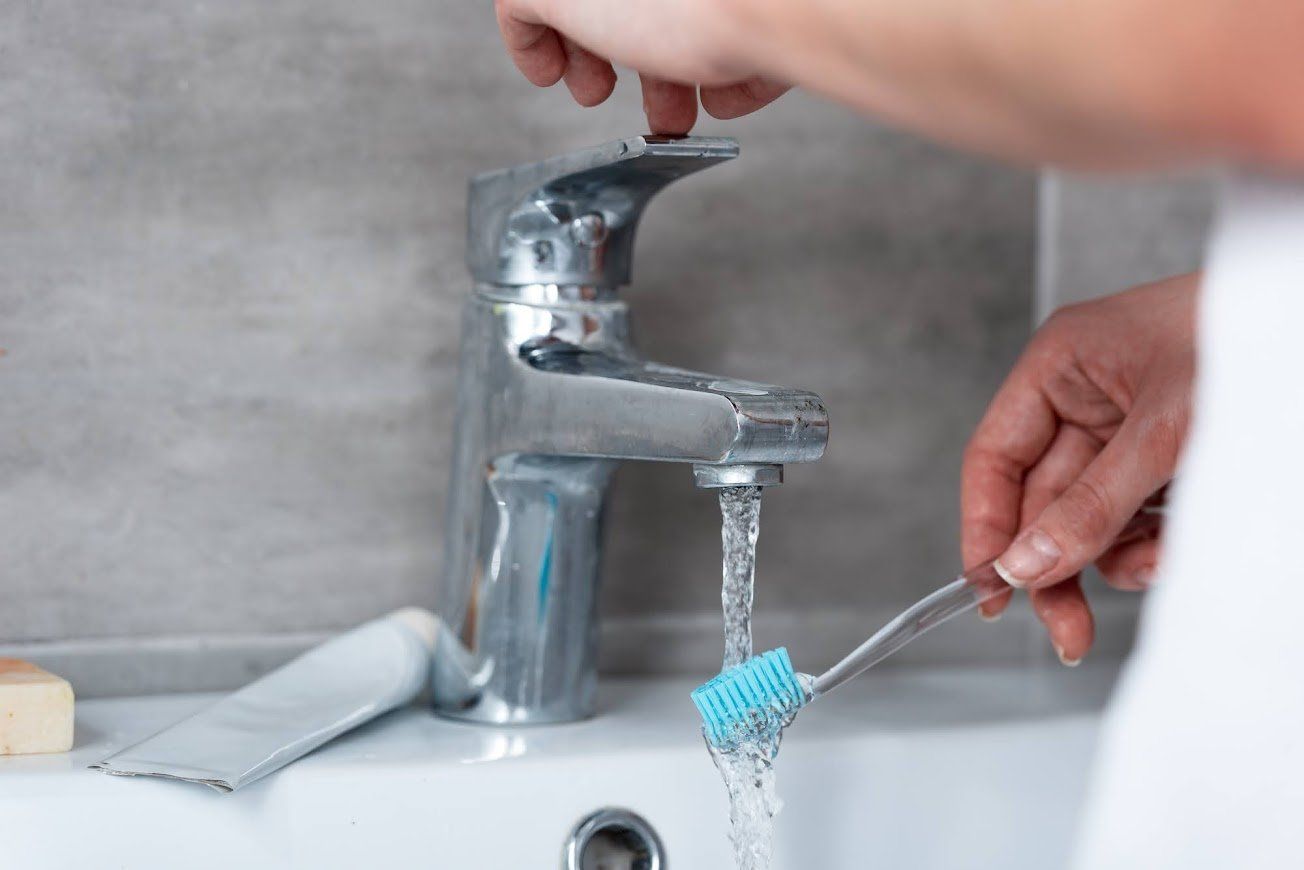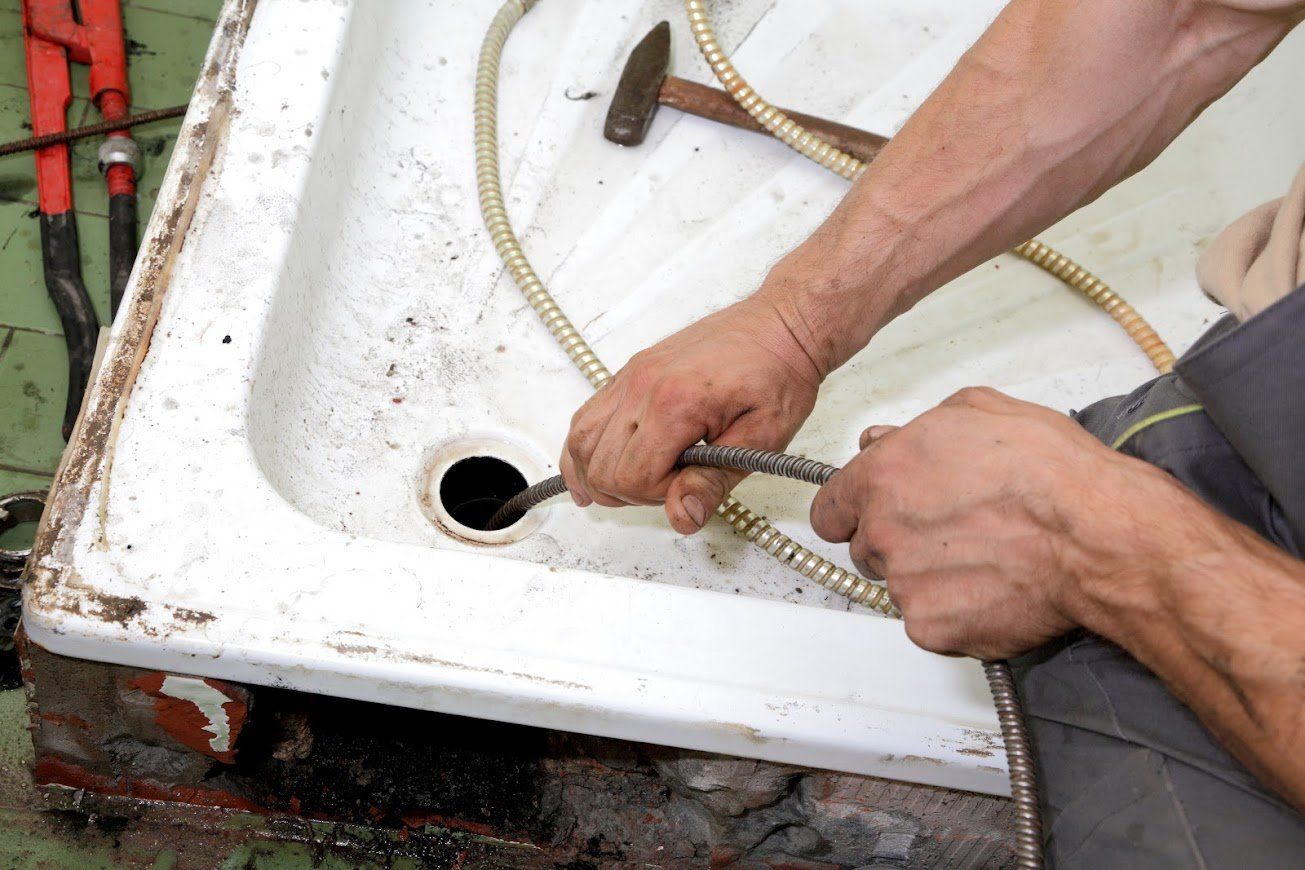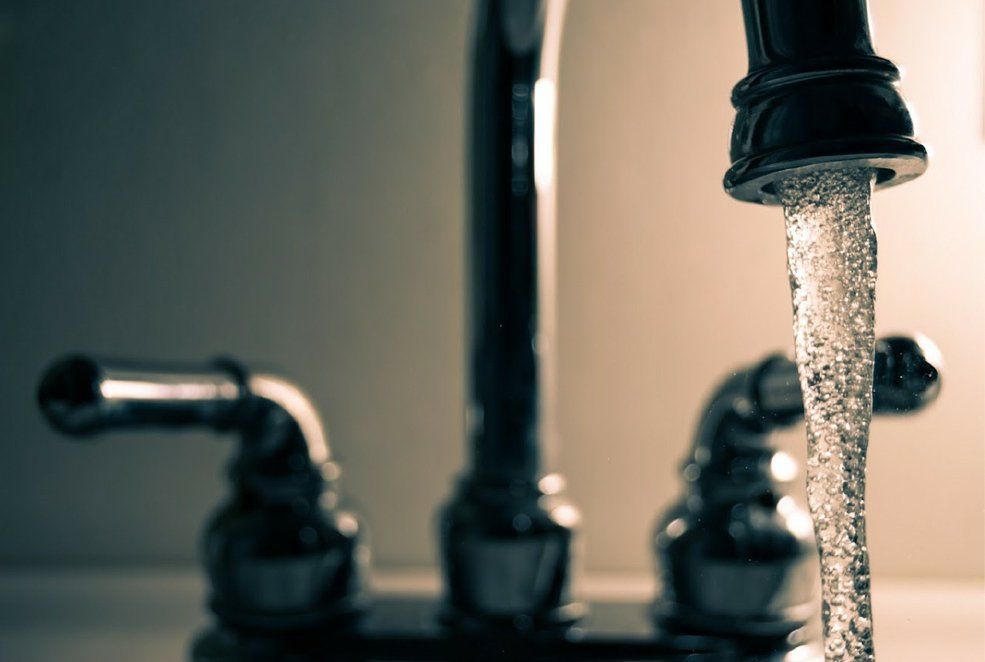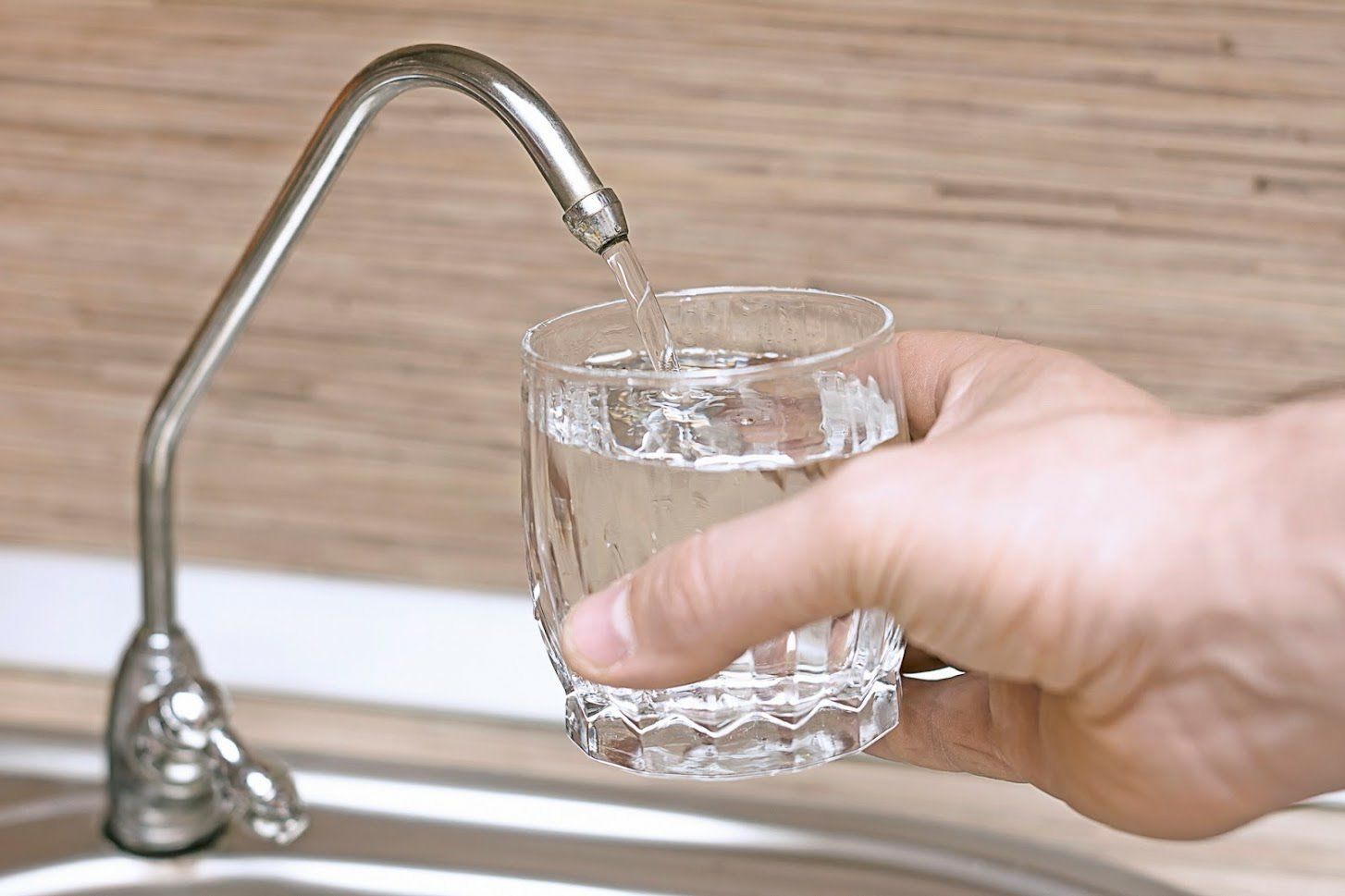HVAC Condensate Pump Maintenance

Your air conditioner produces condensation and so does your high-efficiency gas heater. Letting these drain on their own isn't exactly the best option. If left alone, the condensation could flood out of your HVAC system and end up all over your floor.
Not only would that make for a messy situation, but it can put your home at risk for mildew and mold. Within 24 to 48 hours of water damage, mold can start to infest the area. Many systems have a condensate pump to move the condensation away from the unit and into a drain to prevent this sort of problem.
If you notice a little box with a motor on top, a few PVC pipes going in, and a tube going out, you have a condensate pump. Without proper care, this pump won't work efficiently and may even break down. A broken condensate pump means a flooding problem near your HVAC system, so take a look at the must-do maintenance that homeowners need to know about.
Power Down
Your condensate pump needs electricity to run. Most pumps plug into a three-pronged outlet. Some pumps are wired into the HVAC system itself. For safety, the electricity can't stay on when you clean or service the condensate pump.
Prior to moving, wiping down, cleaning, or doing anything else with the pump, unplug (or disconnect) the pump. Never attempt any type of maintenance while the pump is still plugged in or connected to your HVAC system.
Clear Blockages
Condensate pumps clog. It happens. They grow mold, algae, and other gunk inside. The standing water, before it's pumped away, isn't always clean. This can result in clogs. If you regularly clean your pump, it shouldn't clog. But if you forget to maintain it or you go too long in between cleanings, blockages can stop the pump from functioning.
Many models of condensate pumps have safety shutoffs. The shutoff prevents floods by stopping the system or alerting you to a clog that has caused the water to rise and remain in the tank.
To clear blockages, remove the lid of the pump and check the tank for debris. Clean the tank thoroughly. Inspect the pipes coming into the pump and the tube that goes out, making sure that they're clear.
Deep Clean
Even if your pump doesn't have noticeable blockages, a deep cleaning can help it work better and last longer. Remove the pump from the side of your HVAC system, unscrewing the tank. Take the top (with the motor) off and clean the tank in the same way you would if there were blockages present.
Again, check the lines coming in and out. Clean the bottom of the lines, making sure to remove the debris. You'll need to connect the lines and reattach the tank to the side of your system when you're done.
If you don't feel comfortable removing and cleaning the pump yourself, an HVAC technician can clean and service it during your regular pre-season check-up.
Fill and Flush
When the pump reaches its maximum water level, the motor kicks on and it moves the water up and out. Use this action to help keep your pump clean. Remove one of the circle-shaped caps on the end of your pump. Fill the tank with a bleach-water mix. When the motor turns on, the unit will pump the cleaning solution through the outward-bound tubing.
Do you need professional service for your condensate pump or any other part of your air conditioner? Art Douglas Plumbing Inc. can help with any
AC repair or maintenance needs you may have. Contact us today and ask about our AC services.


